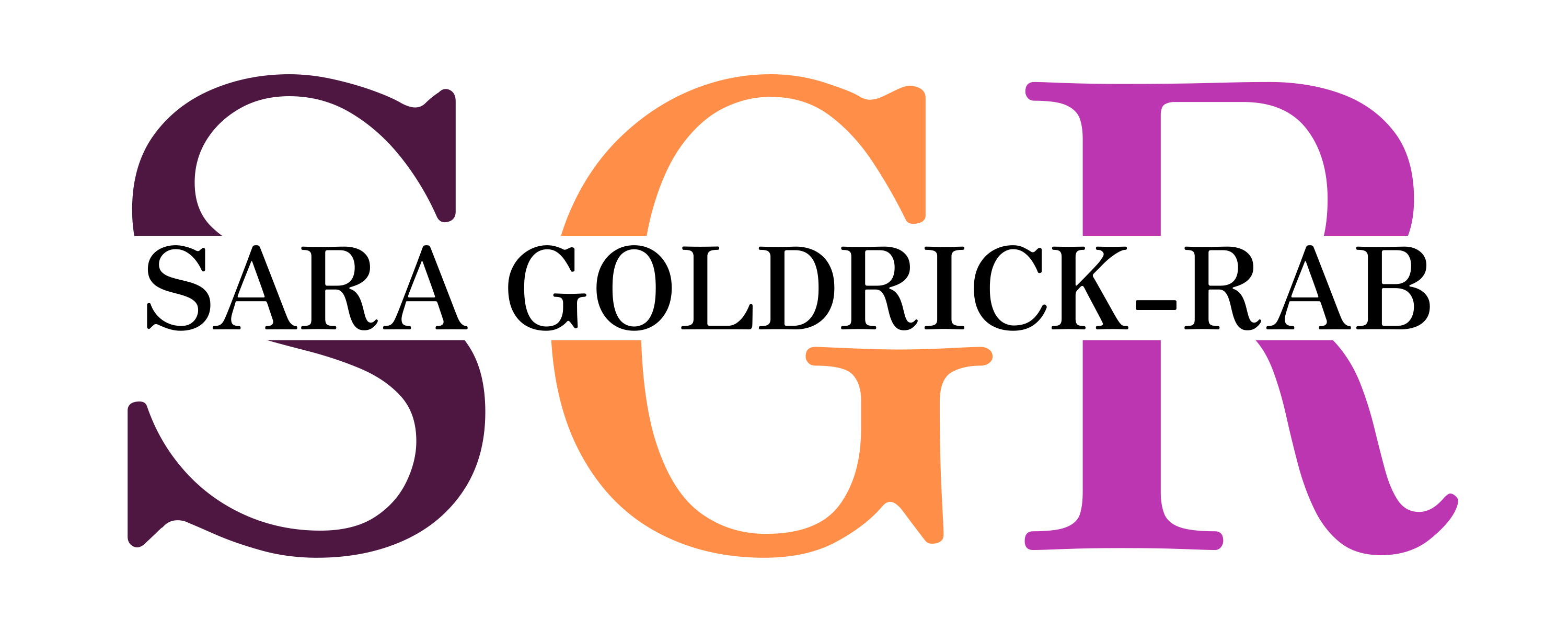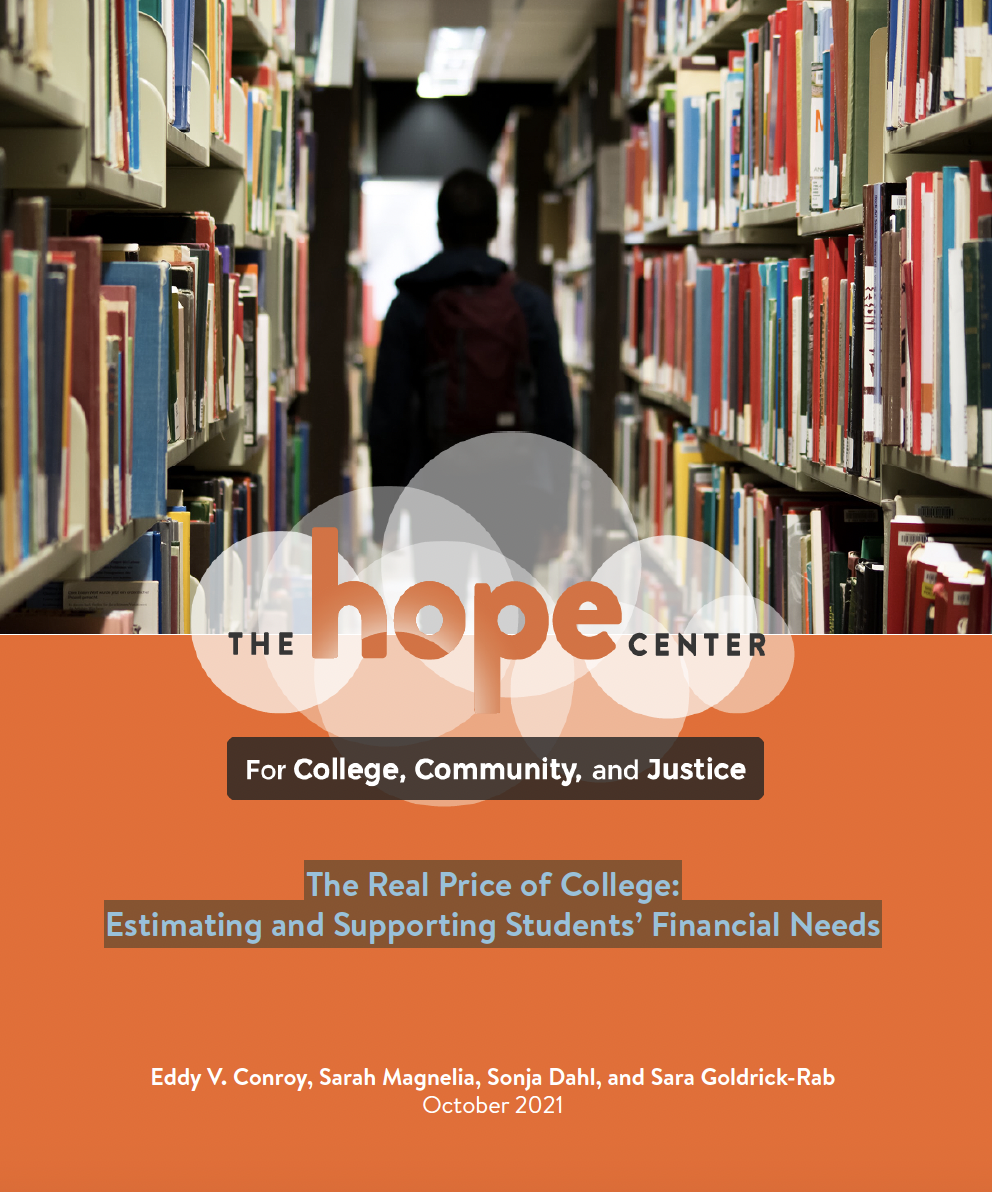Document Author: Sonja Dahl
National #RealCollege Survey Report #6: During the Pandemic (2020)
In March 2020, the coronavirus pandemic struck American higher education.
Colleges closed campuses, students lost jobs, and emergency resources failed
to meet the demands caused by the crisis. This report examines the pandemic’s
impact on students, from their basic needs security to their well-being, as
indicated by employment status, academic engagement, and mental health.
The data come from an electronic survey completed by 38,602 students
attending 54 colleges and universities in 26 states, including 39 two-year
colleges and 15 four-year colleges and universities.
A First Look at the Impacts of the College Housing Assistance Program at Tacoma Community College (2021)
Affording living expenses presents a major barrier to degree completion for many community college students. Food, affordable housing, transportation, and childcare are central conditions for learning. Yet with stagnant incomes, rising tuition and living costs, and insufficient support from financial aid and the social safety net, approximately one in two community college students struggle to afford these basic needs.1 Additionally, as many as one in five experience homelessness.2 The College Housing Assistance Program (CHAP), operated by the Tacoma Housing Authority (THA) and Tacoma Community College (TCC), is at the forefront of the nationwide fight to ameliorate homelessness among college students.3 CHAP is one of the country’s first partnerships between a housing authority and a community college and offers a unique model. In contrast to other programs such as student-run shelters, rapid-rehousing, and college-owned affordable apartments, CHAP utilizes government-subsidized housing assistance to provide housing to homeless and near-homeless community college students. This report offers the initial lessons learned from the first external evaluation of CHAP. Successful program implementation is crucial to providing benefits for students, and can be especially challenging in housing programs. We therefore focus on how students experienced the program, where they faced barriers, and where they found support. It is too early in the evaluation process to draw conclusions about the program’s efficacy; these are short-term insights.
Basic Needs Insecurity at Historically Black Colleges and Universities A #RealCollegeHBCU Report (2022)
Historically Black Colleges and Universities (HBCUs) were established primarily in the post-Civil War era to meet the educational needs of Black Americans. They provide pathways to upward social mobility and have a long-standing commitment to promoting both academic success and students’ health and well-being. But persistent funding inequities at both the state and federal levels actively undermine those commitments and leave the sector particularly vulnerable during the coronavirus (COVID-19) pandemic.
This report, a collaboration between The Hope Center and the Center for the Study of HBCUs, uses data from the #RealCollege Survey to examine the overlapping challenges affecting students attending HBCUs during fall 2020. In total, nearly 5,000 students from 14 public and private four-year HBCUs responded to the survey.
The Real Price of College: Estimating and Supporting Students’ Financial Needs (2021)
For decades, complicated financial aid formulas and variable sticker prices have made it difficult for students to understand the real price of college. For colleges, understanding students’ financial need is also challenging; current financial aid formulas cause many students’ actual need to be understated.
This report examines what happens when:
financial aid leaders and staff better understand students’ financial need, as operationalized by negative EFC; and
students better understand college costs and how to advocate for more financial support.
Using data gathered at Temple University and six colleges and universities in Texas, we explore how more nuanced information about college costs and financial need can change beliefs and behavior among financial aid staff, leaders, and students.


